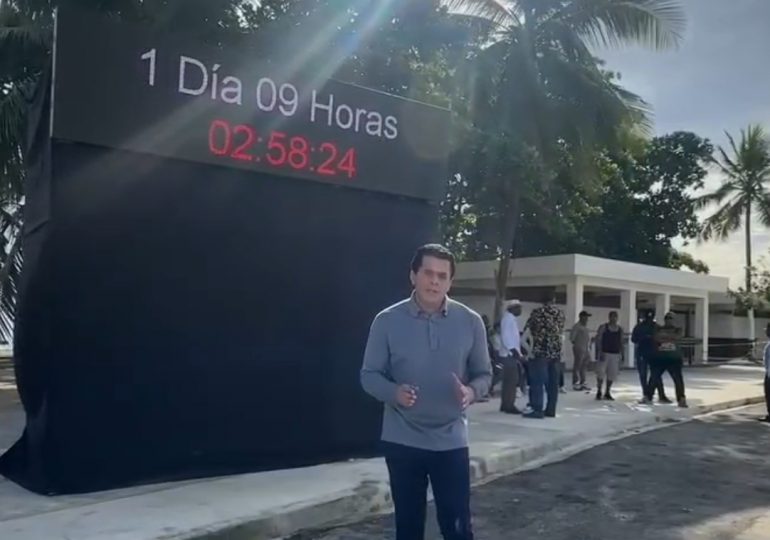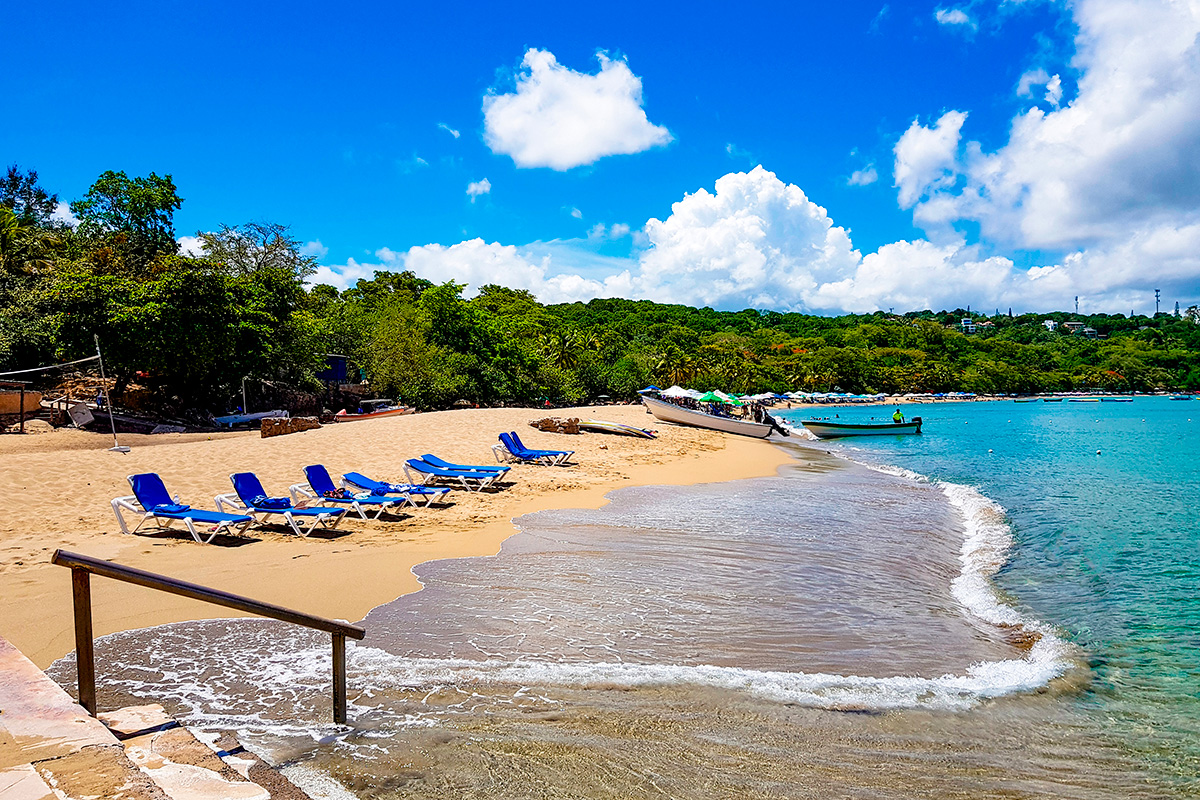Sargassum worries tourism; Address issue at Expo Vacaciones CTN

Santo Domingo—The problem of sargassum continues to concern the country’s tourism sector, so at the opening of the Twenty-Third version of Vacaciones CTN Expo Feria 2024, they decided to analyze it in the required depth in the talk-conference: “Sargassum: A great challenge for the Dominican Republic—Solutions.”
“We could not fail to add to a problem that is not of the public sector, nor of the private sector, it is a country issue that we must face and see what solutions we can have in the short, medium and long term,” said Miguel A. Calzada León, president of CTN and Puro Turismo, while highlighting the importance of finding quick solutions.
Calzada León highlighted the impact that the Expo Fair has had on local tourism. It has encouraged Dominicans to learn more about their country through accessible tourist packages offered by participating hotel chains and companies related to the complementary tourism offer, which has contributed to promoting domestic tourism.
Panel on sargassum
Important speakers addressed the Sargassum problem in several ways. Jimmy García, president of the National Authority of Maritime Affairs (Anamar), who has been working with sargassum since 2011 and 3 years ago, applied satellite tracking to help hotels and electricity companies know where it comes from. The size of the approaching mass revealed a problem with the municipalities because they do not want the sargassum to be taken to landfills. “Because it decomposes, smells bad, and they blame it.”
Katja Afheldt, the European Union ambassador in the country, believes that this problem is complex and affects the economy, environment, and health. “No state, no public entity, bank, or development agency can finance the eradication of sargassum alone, and that is why international collaboration is needed,” Afheldt said, adding that 67.3 metric tons of sargassum arrived in the Caribbean in 2023.
Representing the University Sargassum Network, Ulises Jauregui explained that among the projects that have made progress in using sargassum is to obtain biogas for electricity, biofertilizers, and bio-oil. The network has a portfolio of more than 12 projects waiting for funding to guarantee the application.
The general manager of SOS Carbon, Andres Bisonó León, presented some achievements, including the use of sargassum as a raw material in the processing of organic products for agriculture, such as tomatoes, bananas, rice, and avocados, and the LCM System, which collects more than 150 thousand pounds per day and is applied in the country, Mexico, Puerto Rico, and Antigua & Barbuda.





